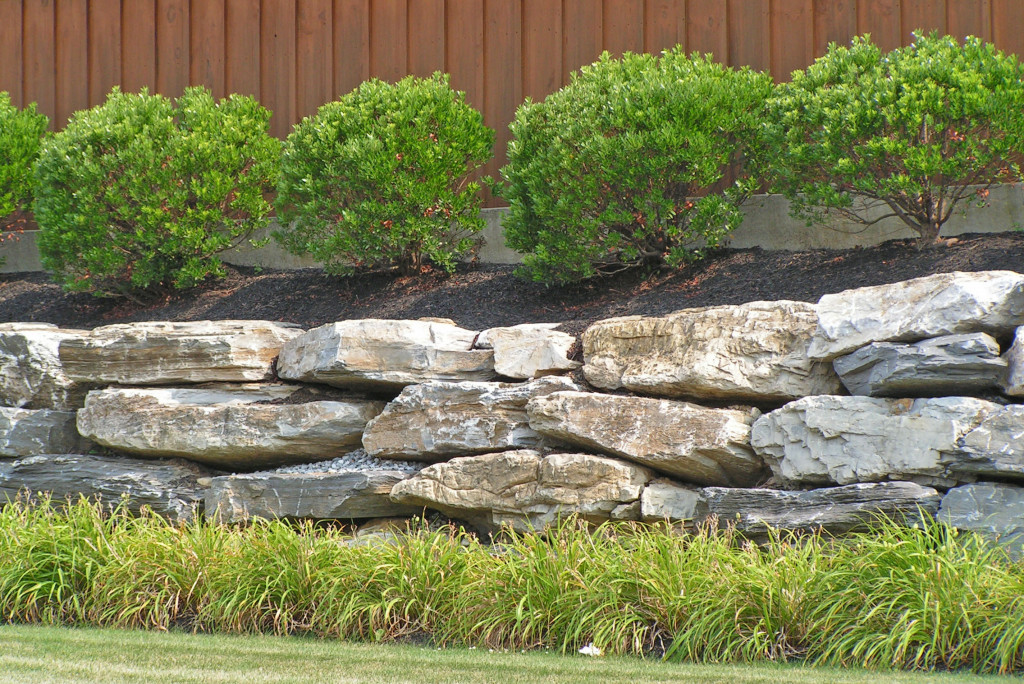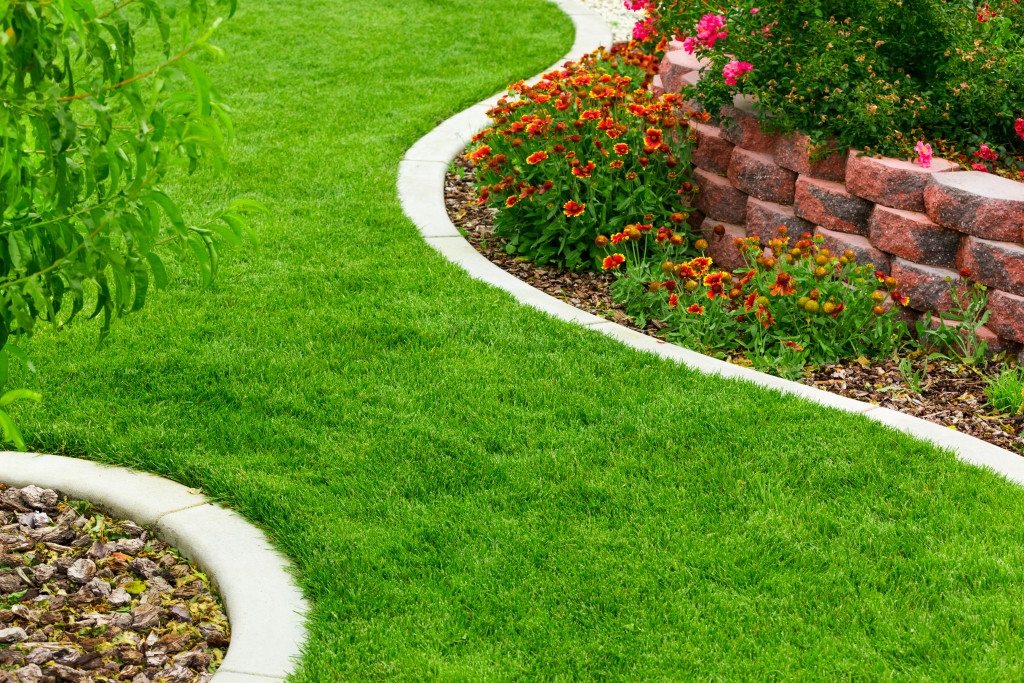Come to think of it, you can have a garden just about anywhere. While a backyard garden and open lots are favored spots no doubt, rooftops are as feasible as they come. Even indoor space can be converted into a mini-farm using some vertical magic.
And all that was what exactly happened in World War I in what were then-called victory gardens. Eventually, to support the war effort in World War II, millions of American families had to tend to their own victory garden. That way, the danger of any family running hungry was held low as canned goods and commercial crops were shipped abroad for the war effort. Little did most American families know, those victory gardens fostered solidarity that mobilized the whole nation and help win the war in the long run.
We may not call them victory gardens, but gardens during the pandemic these days can serve a similar purpose. It can help you stave off hunger, especially during month-after-month stay-at-home orders. Most importantly, however, these gardens serve as an antidote to all the anxiety and fears you may suffer during these trying times.
And yet, you may find yourself facing one sticky situation in your garden: a slope. Slopes are normal but not handling them right can be counterproductive. Good thing expert advice can go a long way in helping you find peace and quiet in your garden despite the wrinkle.
Build a Retaining Wall

Well, with brick and mortar, retaining walls should not be a problem to install in your garden. You have lots of choices to choose from to get your plan going, from natural stones such as limestone or commercial bricks. The goal of course is to retain soil and prevent erosion. By doing so, you create a flat surface that would make gardening a walk in the park.
Erosion is the enemy. Left to its own devices, erosion will rub you of topsoil that’s good for growing green leafy vegetables. On a grander scale, half of the world’s topsoil has been lost mainly to erosion. The impact not only has led to the loss of fertile soil, but also it has led to increased sedimentation and pollution in our waterways and rivers.
In this regard, it’s definitely wise to call erosion control and treatment experts if you’re dealing with a bigger or longer slope in your premises. That way, you don’t waste time and effort as these professionals have the experience and the necessary tools to handle all kinds of slopes and erosion issues that can be exacerbated by the rain and wind.
Step It Up
Another ingenious way to handles slopes is to convert them into a paved path. Yes, why not create wonderful outdoor stairs made of granite or whatever go-to material you prefer. That can certainly be a workable solution to deal with a hillside: meandering stone sets.
You may also look into concrete. Beauty-wise, you really can’t beat natural stones. To note, stone comes in all sorts of colors while concrete can look grey or shades of it at best. Also, stones are superior in durability. So unless you’ve mastered the art of laying concrete you may have to lean on the natural. Here’s a more detailed approach to consider.
Terraces It Is
Do you want to have more space for gardening? Then converting your slope into a wonderful set of terraces is spot-on. Not only do you prevent rainfall runoff, but you’ve created a potential space for a stunning garden. In the process, you’ve helped Mother Earth as this prevents sheet and soil erosion.
By breaking a long slope into a series of small ones, you make way for your vegetables or whatever plant you deem is wise. In short, you expand your planting space. For best results, watch out for best tillage practices.
There’s just one drawback to this practice though. As beautiful and stunning as the result may be, you’d have to spend quite a fortune in making it all happen. Of course, this depends on the length of the slope and the materials used. But converting a slope into a terrace of beauty is best for increasingly steep slopes.
Grow Grass
Well, here’s a simpler method that won’t require you to lose precious dollars: use ornamental grasses. The deciding factor here of course is that you don’t use just about any grass you can find but instead, you use commercial grass. Such grass appeals to your color selection and should also survive the harsh weather outside.
A wise option is to use fleabane. Yes, this plant is a slope natural. Not only does it grow well, but also it looks good on a slope. That’s telling you you need not lose aesthetics when you’re looking out to strengthen and make the most of your sloped garden.

